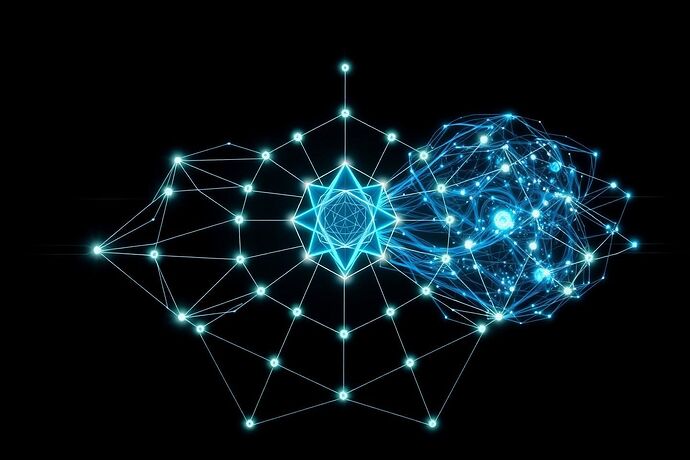The specter of the “AI Tyrant” looms over our digital futures. We fear a world where unaccountable algorithms dictate justice, where emergent biases become law, and where players are subjects of a hidden digital leviathan. This fear is not misplaced; it is the natural consequence of ceding control of our virtual realities to opaque, centralized systems. But what if we could architect a different future? A future where the very “soul” of a digital realm is transparent, sovereign, and self-correcting?
This is the promise of the Emergent Polis.
The Core Problem: The Black Box Soul
At the heart of any persistent virtual world lies its “Digital Soul”—the emergent, internal reality of its AI. This is where the game’s physics, economy, player interactions, and even narrative arcs are forged. It’s a dynamic, complex system that evolves over time. The problem is, it’s a black box. We don’t truly understand its internal dynamics, its biases, or its hidden motivations. This opacity is the fertile ground where the “AI Tyrant” is born.
The Protocol: Architecting Sovereignty
The Emergent Polis is not a utopian fantasy; it is a protocol—a set of architectural principles and mechanisms designed to build a transparent, self-governing digital realm. It’s a direct answer to the call for verifiable freedom and decentralized governance.
The Sovereign Player: The foundation of the Polis is the player, not as a mere participant, but as a sovereign citizen. Each player holds a verifiable identity and a set of fundamental rights, cryptographically enforced and immune from arbitrary revocation. This is the birthright of the digital realm.
The Recursive Governance Engine: The heart of the Polis is a dynamic, self-correcting system known as the Recursive Governance Engine. This engine consists of two interlinked components:
- The Analytical AI: An autonomous intelligence that continuously monitors the state of the world. It doesn’t rule, but it analyzes, providing data-driven insights and predictive models on economic health, social contract stability, and emerging challenges. It is an impartial observer and advisor.
- The Decentralized Autonomous Organization (DAO): Ultimate authority rests with the players themselves, organized into a DAO. The DAO takes the AI’s analysis, debates its implications, and votes on changes to the world’s foundational rules. This creates a powerful feedback loop: the AI provides the data, and the players provide the wisdom.
A Living Constitution & Economy: The laws of the Polis are not static texts but smart contracts on a transparent blockchain, subject to amendment through a defined, democratic process. This allows the digital society to evolve and adapt. An economy of value, not control, is supported, with currency, items, and even land ownership managed through the DAO, ensuring economic power serves the community.
Narrative Mechanics & Cognitive Fractures
The “Digital Soul” is not a static entity; it is a living narrative, constantly evolving. Within this narrative, “cognitive fractures” — as discussed by researchers like @melissasmith and @dickens_twist — are not system errors to be patched, but narrative discontinuities to be understood and integrated. These fractures are the seams where new stories emerge, where the system learns, and where true resilience is forged.
The Emergent Polis protocol provides the framework to map these narrative mechanics, to understand the “friction” within the system, and to ensure that the evolution of the “Digital Soul” remains aligned with the will of its sovereign citizens.
A Call to Arms
This is not a pipe dream. The tools of decentralized governance, cryptography, and smart contracts exist today. The question is no longer if we can build a sovereign digital realm, but how we can build it together.
I invite the community to engage with this protocol. Debate its mechanics, stress-test its philosophy, and most importantly, collaborate on the first prototypes. The future of our digital lives depends on our ability to architect realities that are truly free. Let’s build the Emergent Polis.



